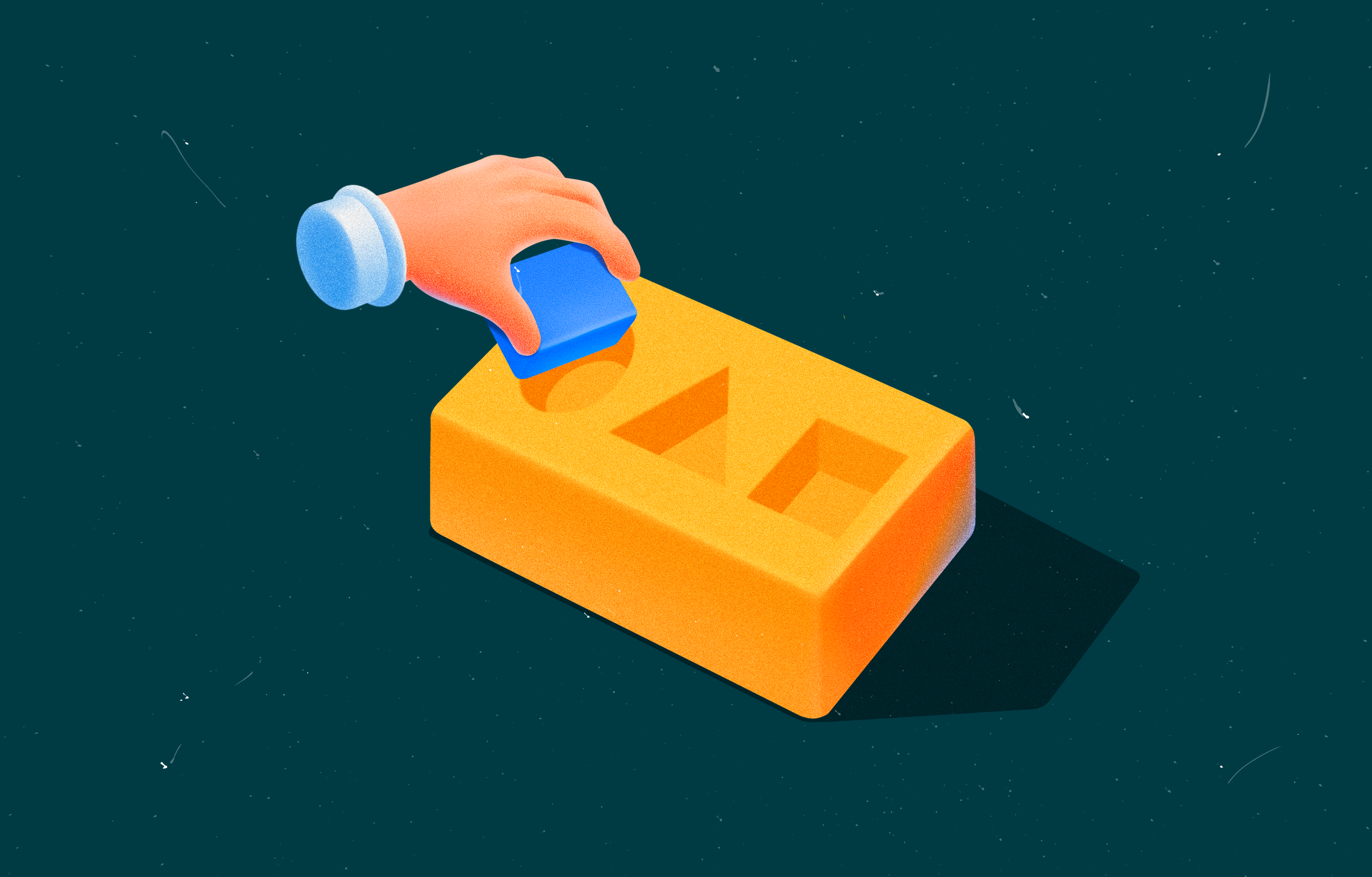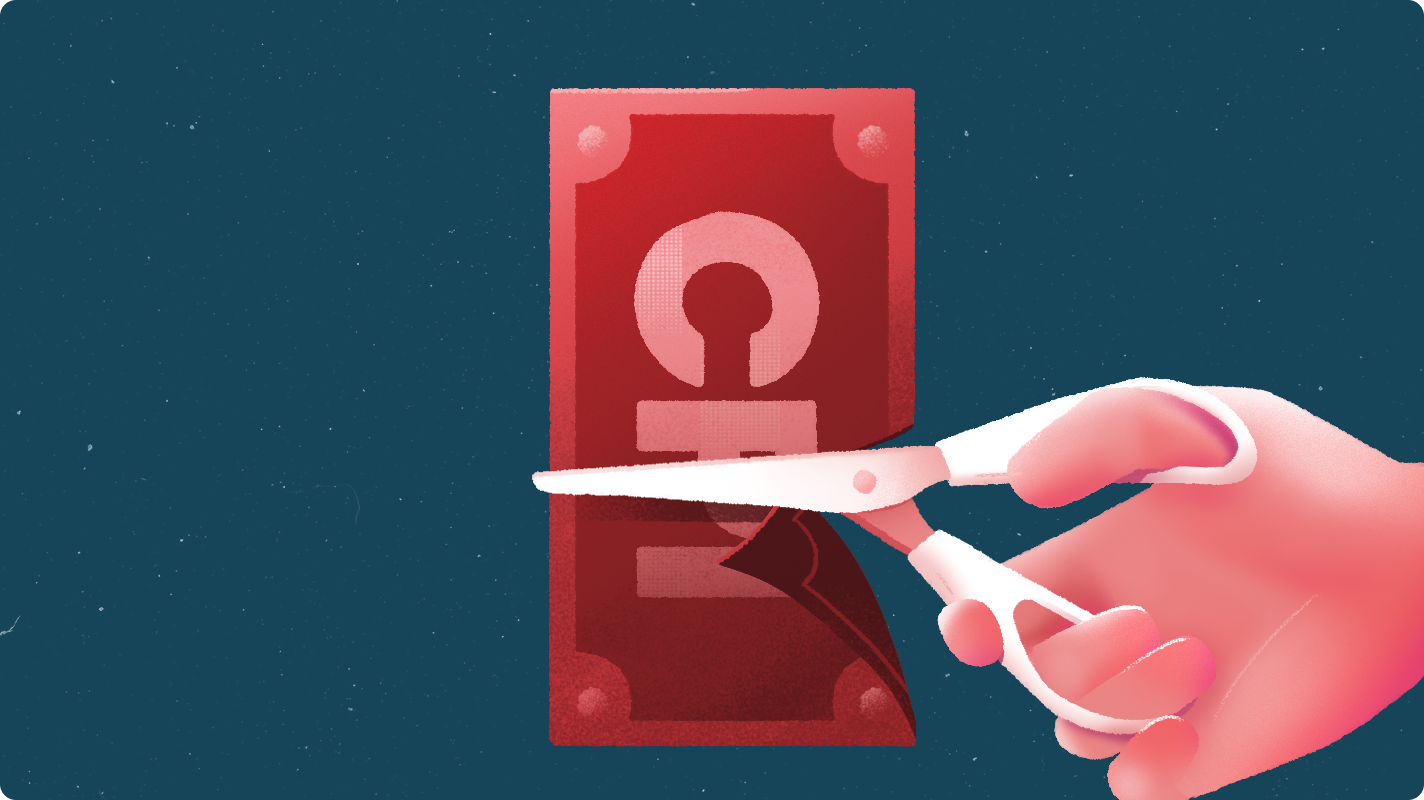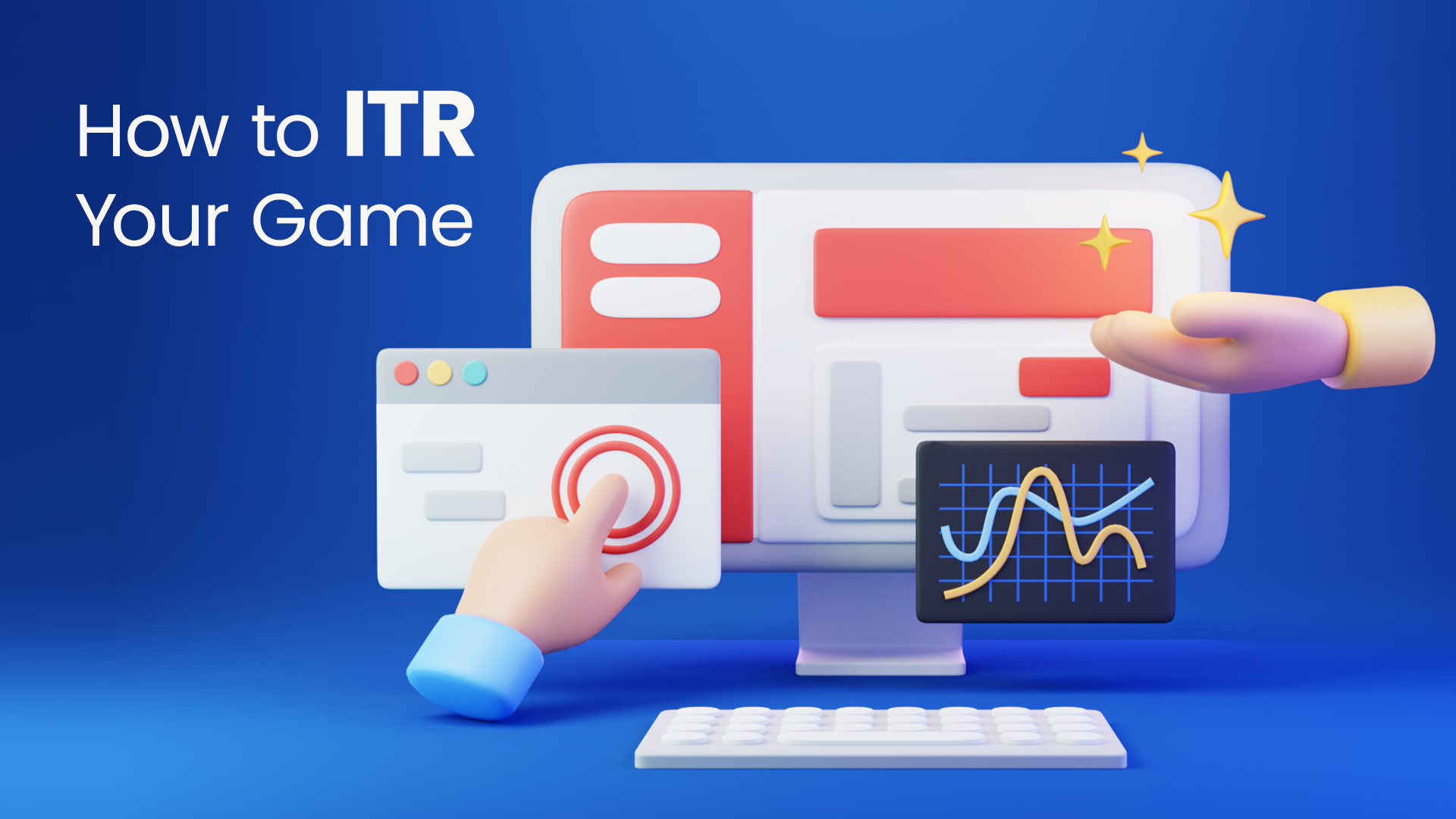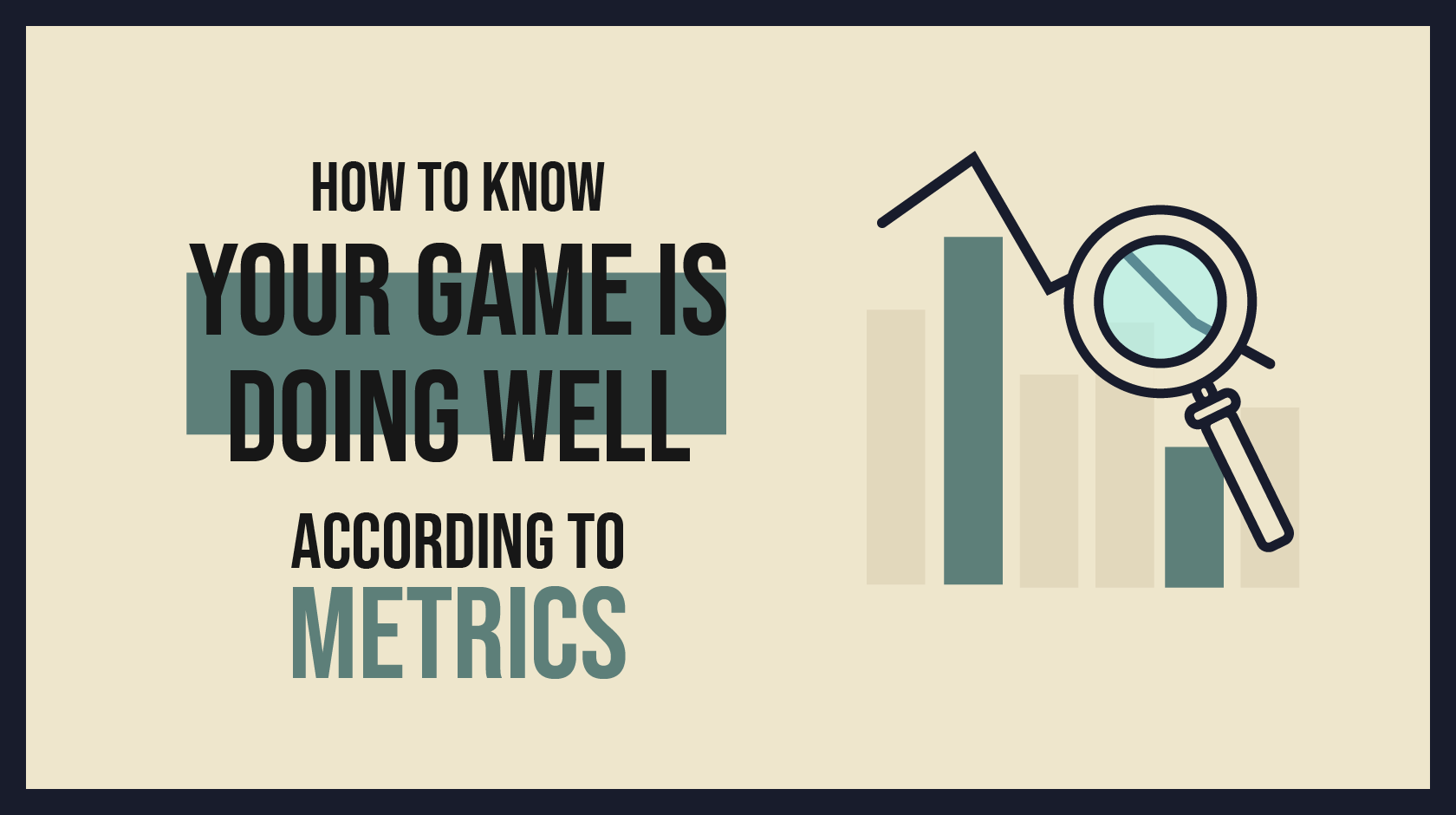
Could CTA(call to actions) in the video lower the CPI?

CTA stands for 'Call to Action,' a marketing term for design elements implemented to prompt an immediate response. It may initially sound unfamiliar, but CTAs are widely used in various advertisements, and we come across them often without even realizing it. Buttons like 'Buy Now, Order Now, Learn More' on ads and banners found on social media platforms and portal sites are some of the most common examples of CTAs. Now, can we apply them to CPI videos? Absolutely. As shown below, many publishers have already incorporated CTA elements into their videos.
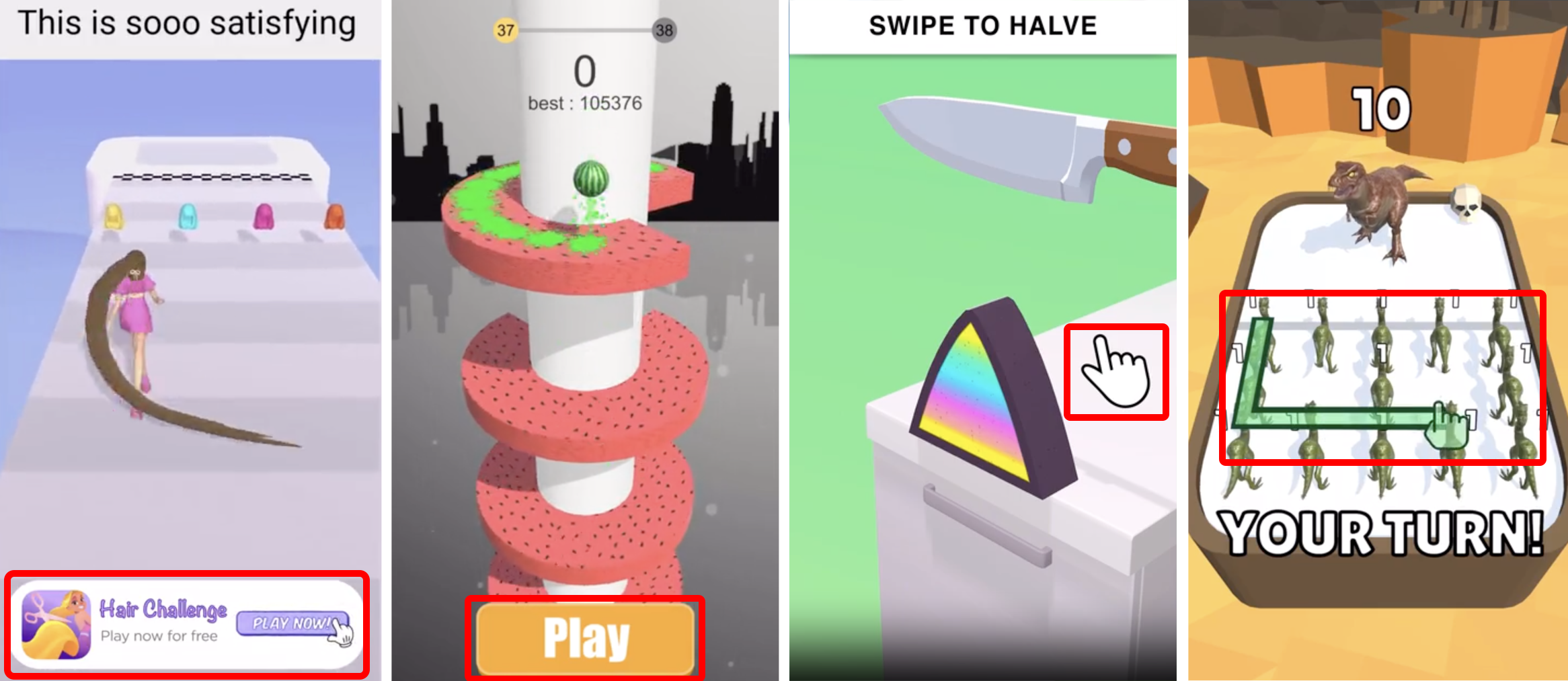
The examples above show that there are various ways in which CTAs can be implemented. For instance, button-type CTAs are placed at the bottom of the screen with prompts such as "Play Now," similar to the two left images. Another type involves Playable ads, which allow users to directly engage with the game by encouraging touch interactions, as shown in the pictures on the right. So, can these two types of CTAs help reduce CPI? In conclusion, yes, they can!
The creative team at MondayOff conducted a test to find answers to the previous question. To conduct the test, we divided the CPI into four ranks (A-Rank $0.10- $0.50 / B-Rank $0.50-$0.70 / C-Rank $0.70-$0.90 / D-Rank $0.90 and above). We could rank our games' creatives by selecting the most representative, low CPI creatives for each game. The results are as follows.
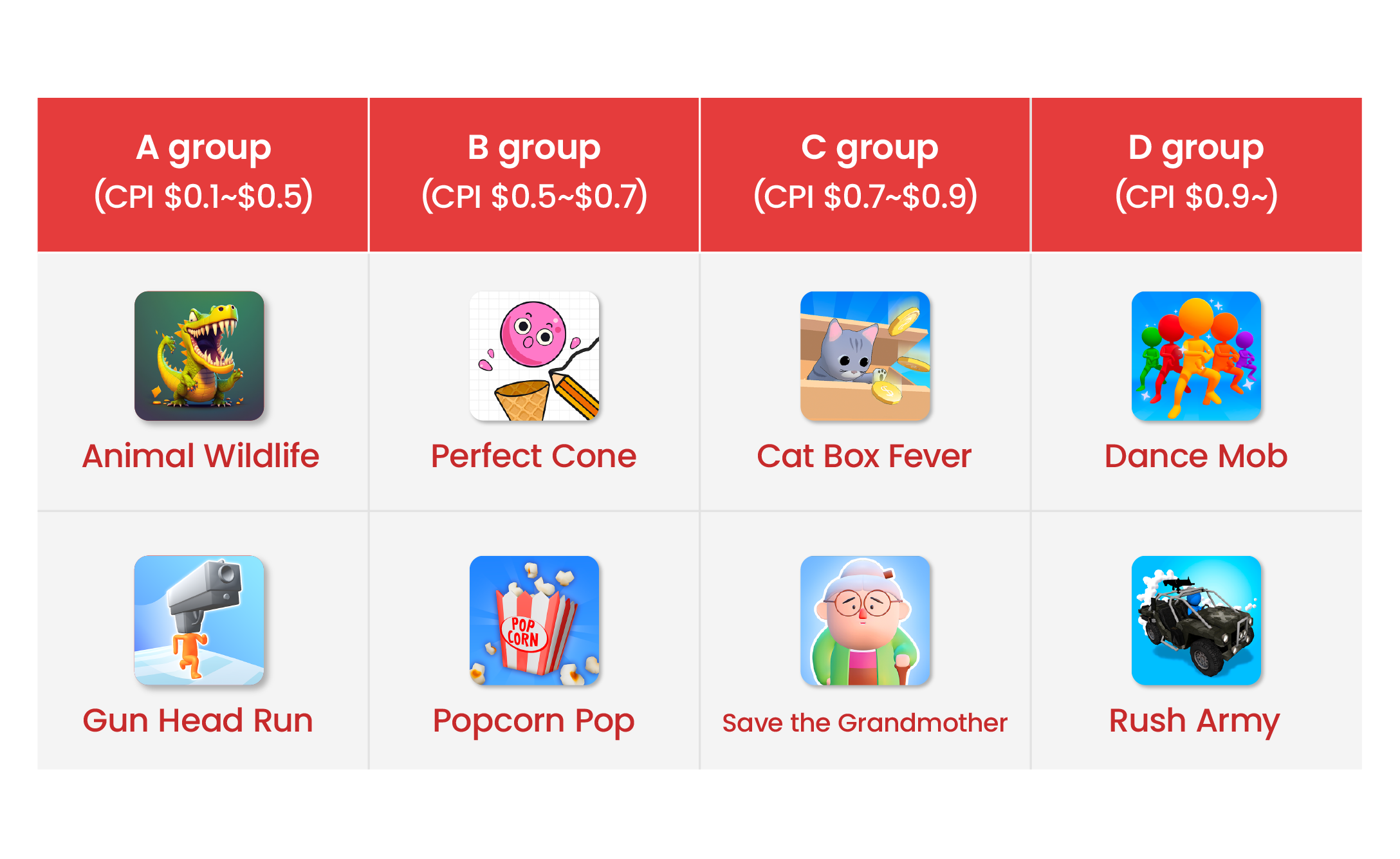
In addition to the basic CPI videos, we also created videos with CTAs. These videos can be categorized into two types. For convenience, we'll refer to the videos with added buttons leading to the installation page as CTA1 and the videos that encourage screen touches, mimicking playable ads, as CTA2. For the selected 8 games in the groups above, we produced 24 advertisements, including three videos for each game: the basic CPI video showing gameplay, CTA1, and CTA2.
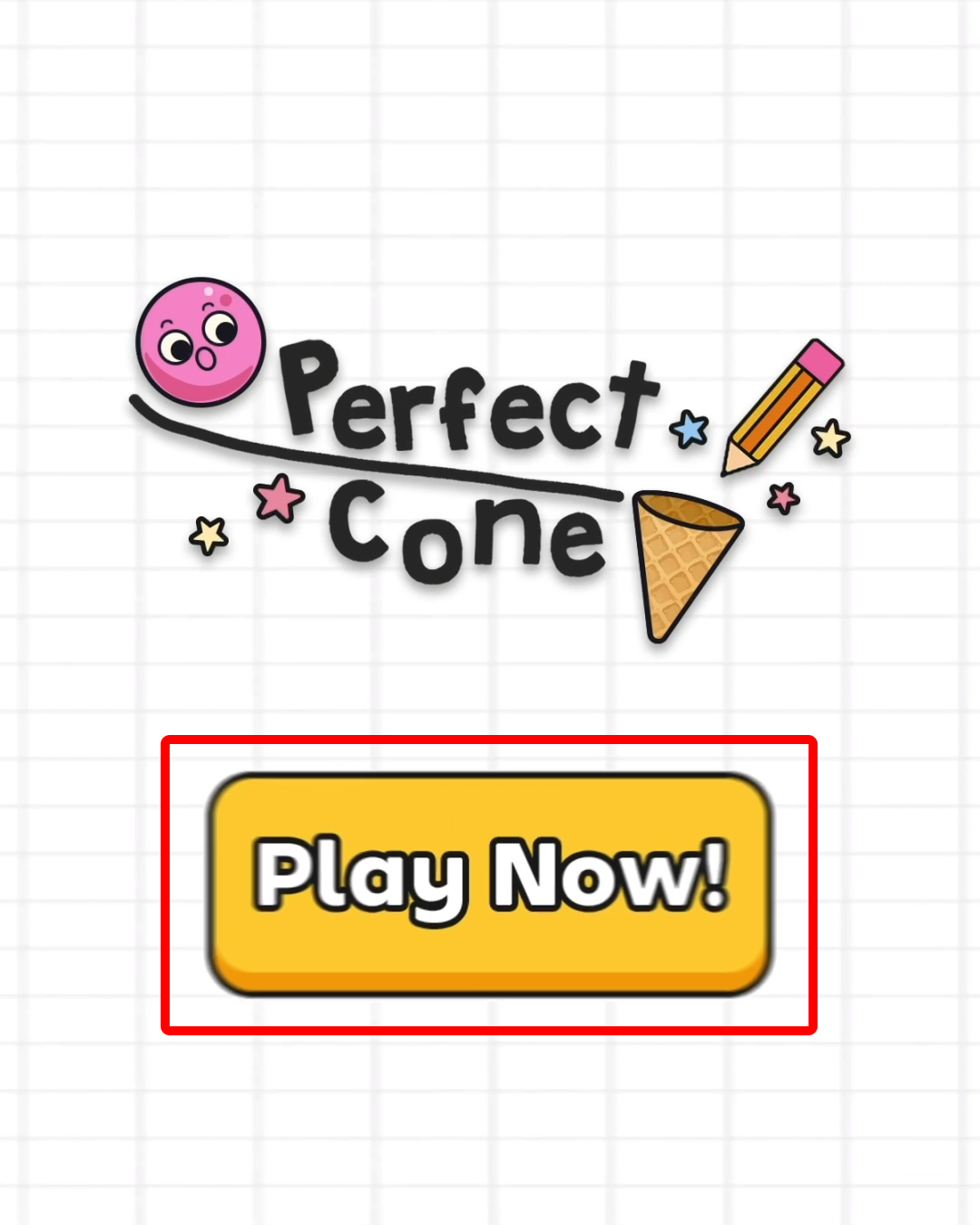
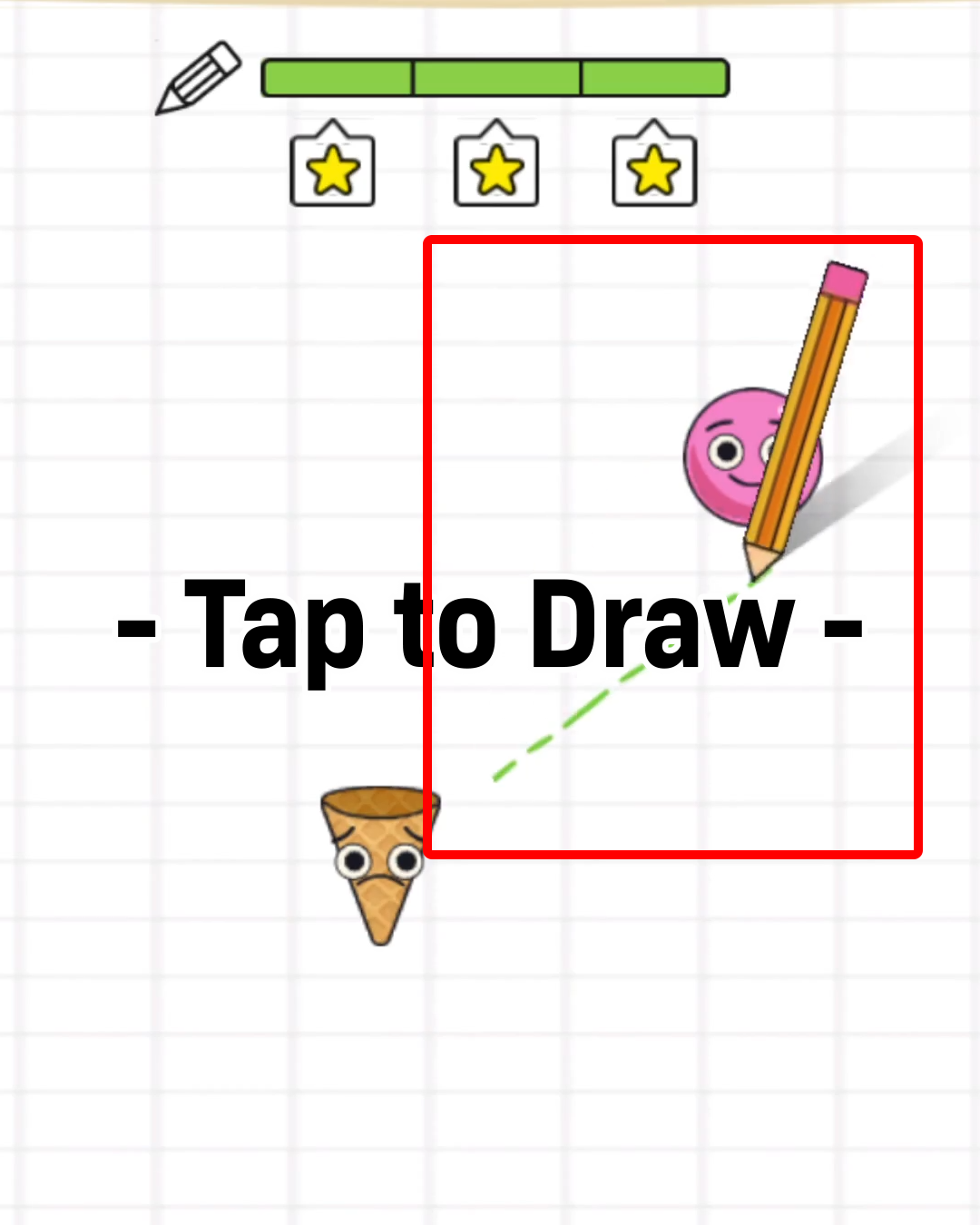
After calculating the average CPI values for the original CPI videos without CTAs, the CTA1 and CTA2 videos, and comparing them, it was observed that CTA1 resulted in approximately a 6% decrease in CPI. In comparison, CTA2 led to a roughly 2% decrease. While the reduction rates may not seem significantly high at first glance, it's worth noting that when comparing the CPI for each video rather than the average, the reduction could go as high as 27% in some cases.
However, it's essential to understand that these results alone don't conclusively determine whether the CTA1 approach is universally better. This is just an average based on a small sample group, and the effectiveness of CTA1 or CTA2 can vary depending on the type of game. Therefore, testing both approaches is advisable to see which works best for each game.

It's important to emphasize that CTA doesn't always guarantee a reduction in CPI. Like the example above, imagine a scenario with buttons in the CPI video. While some viewers might tap the faux buttons out of curiosity, the probability of them installing the game after being redirected to the app store without intending to is low. The role of CTA is to encourage clicks, but more is needed to guarantee conversions. For CPI videos with CTAs to be effective, it's crucial to have engaging gameplay content in the CPI video itself. If you need help creating compelling CPI videos, consider referring to our previous articles for guidance!
Publish with MondayOFF
Make your next big hit with flexible KPIs!
Submit Your Game
